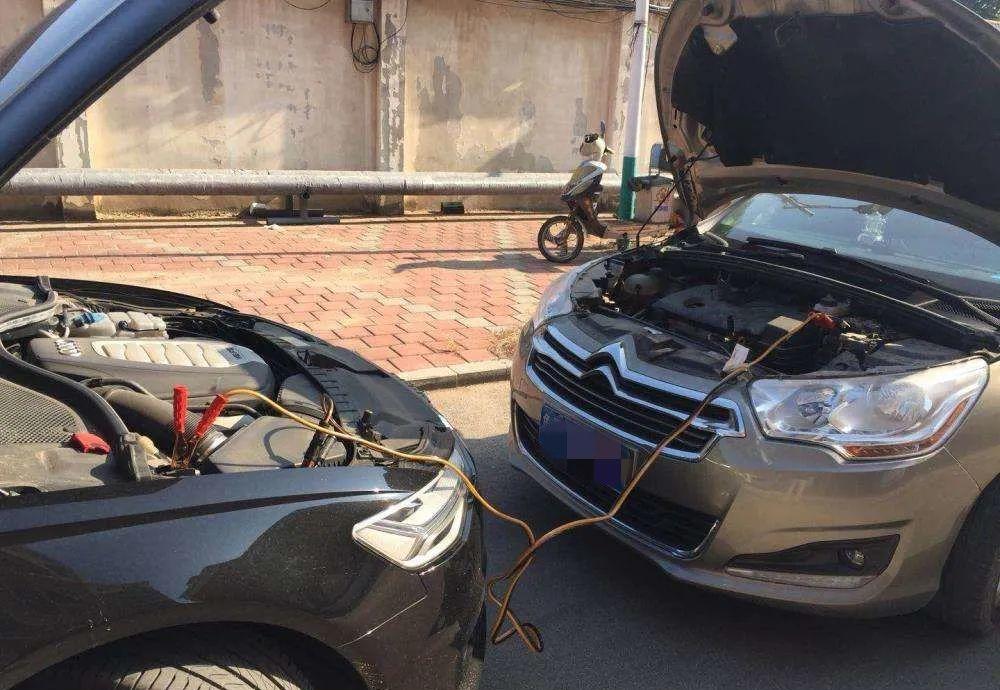How to operate the process of car roadside assistance power-up?
In the past few days, the north has cooled down sharply, and there are many cars that cannot start the engine due to the low battery voltage, and other cars are needed to take the power rescue. So how does this power-up work? What are some things to be aware of?

Whether it is two vehicles to build a power rescue for each other, or to take a battery alone or the car emergency power rescue, a strong and reliable connection cable is first needed. The wire diameter of this connection line must be thick enough and copper, and the connectors at both ends of the cable must be in reliable contact with the battery. Because the current required by the engine at the moment of start is very large, more than 100 amperes, if the connection line diameter is too small or the material is not good, resulting in too large resistance, the voltage drop on the connection line is too large, the voltage assigned to the rescue vehicle is low, and the rescue is likely to fail.
Once the cable is selected, we can connect it. When wiring, follow the order and wiring points as follows:
1. Connect the positive end of the connection line to the positive pole of the battery of the rescue vehicle;
2. Connect the other end of the positive pole of the connection line to the positive pole of the battery of the rescued car;
3. Borrow one end of the negative pole of the connection line on the battery negative pole of the rescue vehicle;
4. Connect the other end of the negative pole of the connection line to the engine block of the rescued car.
Here we should pay special attention to the fourth point. In the traditional hitchhiking rescue, the battery negative pole of the rescue vehicle is connected with the battery negative pole of the rescued vehicle. But this method of operation is risky. On the one hand, if the starter of the rescued car is not good with the body iron, it will lead to too large a starting circuit resistance of the starter, which will lead to the weak operation of the starter and the failure of the rescue; on the other hand, many cars now have a battery voltage monitoring function, there is a voltage sensor on the negative electrode of the battery, if a battery is directly connected to the original car battery, the car will detect the voltage abnormality, will generate a fault code or stop the starter work.
If the negative electrode of the rescue vehicle battery is directly connected to the engine block of the rescued vehicle, it will shorten the current loop, reduce the resistance of the line, and directly bypass the engine of the rescued vehicle, which is more conducive to starting the engine, and also avoids the voltage sensor to avoid later circuit failures. Therefore, when taking the electric rescue, you must follow the above method of wiring, do not make a mistake.
In the process of wiring, be sure not to let the positive and negative poles of the connecting line touch together, and do not let the positive terminal head touch any part of the body, otherwise it will cause a short circuit failure. There is also a rescue vehicle to run at high speed during the start-up process, provide more power to the battery, to avoid the loss of power in its own battery; after the rescue vehicle is started, it is also necessary to run at high speed, so that the generator sends out more power to replenish the battery, and the power emitted in general about ten minutes can maintain the next start.
When removing the connection line, it can be carried out in the reverse order of the above wiring, that is, the wiring point on the cylinder block of the rescue vehicle is first removed, and then the battery negative wiring point of the rescue vehicle is removed, and then the positive terminal wiring point of the battery of the rescue vehicle is removed, and finally the positive terminal wiring point of the battery of the rescue vehicle is removed.